|
Every morning on my way to the Bosque I keep a sharp eye out for subtle changes in the color of the Coyote Willows - Salix exigua - that line the ditches and the river. In a month or so these slender shoots and bushes will turn burnt orange or a deep rose red (depending on the soil). Here in Abiquiu they signal that spring is on the way. These flexible fronds are used by so many Indigenous peoples to make baskets, trays, etc – some even use them as thread. What I love best is their shape-shifting color especially when framed against an azure sky.
Because I have two ‘home places’ I also think of another willow – Salix discolor – commonly called the native Pussy Willow. By mid February I am impatiently waiting for the first fuzzy paws to appear on the bushy branches of the pussy willows on my property. In Maine, winters are long and the advent of the pussy willow signals the coming shift of seasons long before it becomes apparent in more obvious ways, except for the warming sun. Snowfall is often heaviest during this month, and I have been known to tramp through heavy snow on snowshoes to reach some of my favorite clumps. I clip a few twigs from each bunch to put in the house.
0 Comments
d you know that the Federal government is overseeing a program of massive deforestation on Western public lands? Some 7.4 million acres of pinyon-juniper forest in the care of the Bureau of Land Management in Nevada, Utah and southern Idaho are targeted for destruction over the next several years.
The Bureau of Land Management (BLM) and Soil Conservation Groups are using Tebuthiuron, an herbicide to ‘control ‘unwanted plant growth. BLM, in partnership with the San Juan Soil and Water Conservation District and the Farmington Field Office here in New Mexico, treated approximately 9,000 acres of juniper, pinion, sagebrush and other plants beginning last October. These treatments occurred on BLM-managed, State, and private lands within San Juan, Rio Arriba and Sandoval counties. The herbicide was dropped by low flying planes to kill trees, especially junipers, sages, shrubs, and vines “to keep land from being taken over” by anything besides grasses and forbs for grazing. The poison must be activated by “adequate” rainfall to penetrate the soil. It is absorbed by the roots of targeted plants to a depth of two feet, and transported to the leaves and needles where it kills the offending tree or plants (slowly) by inhibiting the plants’ ability to photosynthesize. Scientist Susan Simard is a professor of Forest Ecology at the University in Vancouver, British Columbia, who has been studying the below-ground fungal networks that connect trees and facilitate underground inter-tree communication and interaction. Over a period of more than thirty years this field scientist and her students have learned how fungi networks move water, carbon and nutrients such as nitrogen between and among trees as well as across species. Her research has demonstrated that these complex, symbiotic networks in our forests -- at the hub of which stand what she calls the "mother trees" -- mimic our own neural and social networks. This groundbreaking work on symbiotic plant communication has far-reaching implications that include developing sustainable ways to ‘manage’ forests, and to improve tree and plant resistance to pathogens. Although much of Simard's research occurs in forests, she has also studied the underground systems of grasslands, wetlands, tundra and alpine ecosystems.
Under our feet there is a whole world of biological pathways that connect trees and allow them to communicate and share resources and information. Other scientists who study these networks (like Dr. Merlin Sheldrake) agree with Susan who suggests that the forest behaves as though it's a single cohesive organism. I come from an area in Maine where the prolific Whitetail deer bed down around my house during the winter, birth their fawns in the spring in my wildlife sanctuary, roam around my field in female dominated groups with young during the summer. It isn’t until fall that I usually meet the bucks coming in to feed on the sweet wild apples outside my window. My point here is that although I never take their presence for granted, interacting with deer is simply part of my life.
When I first moved down by the river in Abiquiu, I used to see mule deer early in the predawn hours outside the Trailercita. Sometimes I would startle one or two when I walked in the Bosque and noted that both elk and mule deer bedded down in wild grasses making a circular depression much the way a dog will do before it sleeps. 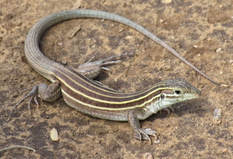 Sara Wright Every morning when I go out to water my potted plants and the remnants of the chamisa bushes that were sacrificed during the process of building I meet the lizards. I have two kinds - sagebrush lizards and the desert grassland whiptails. Both of these reptiles appear to enjoy my company as much as I enjoy theirs, or perhaps they are just waiting for the water to start flowing. This morning when I planted a few coyote gourd seeds in a hole that I had recently dug a whiptail lizard emerged like magic from somewhere under the house delicately positioning himself at the edge of the water logged hole for a drink. In the early morning light his stripes shimmered in the sun. The annoying thing is that I never have a camera with me to capture these morning antics, but I look forward with anticipation to seeing these lizards scurrying about every day. Desert grassland whiptails are very long and slim, with a thin tail that is longer than their body length. The most distinct identifying feature of these lizards are the six yellow lines – some very bright - that run the length of their bodies. The rest of the whiptails bodies, around here at least, tend to be olive or brown. Their tails are faded blue or gray. Curiously, an adolescent's tail is a very bright and vibrant blue so I am always on the look out for the young ones. Whiptail bodies are lined with small coarse scales, which gradually get larger towards their tails. The scales on their bellies are larger and smoother. Desert grassland whiptails are found in the deserts of southern to central Arizona and along the Rio Grande River in New Mexico. They are also found in the deserts of northern Mexico. A. uniparens is commonly found in low valleys, grasslands, and slight slopes. Some have argued that the species' range is expanding due to overgrazing. They are scarce in developed areas, especially where homeowners keep livestock. One amazing fact is that all desert grassland whiptail lizards are female! Strangely, researchers note that a kind of pseudo-copulation occurs which promotes fertilization during ovulation. The lizards reproduce by parthenogenesis, but offspring do not necessarily have the same chromosomes as their mother. This is because the lizards start off with twice the amount of chromosomes as would be found in sexually reproducing individuals. Diversity is maintained by combining sister chromatids which have the same origin but different functions. Whiptails eat spiders, termites, ants of all kinds, beetles, and short-horned grasshoppers. These food habits make them very appealing to gardeners like me who don’t use any toxic chemicals to prevent insect infestations. Whiptails are constantly in motion! They often run upright on their hind legs, giving them the appearance of miniature dinosaurs! They also swivel their heads frequently from side to side, taste the air with slender forked tongues, and use their pointed snouts to probe the ground as they forage. Their speed, and agility help them outmaneuver predators such as thrashers, roadrunners and snakes. One of my Chihuahuas, Lucy, is fascinated by them and always tries to chase them into the cottonwood leaves! Did you know that these lizards can sprint up to fifteen miles per hour (as fast as a roadrunner)? Whiptail lizards can also escape capture by sacrificing their tails (when grasped, their tail breaks easily along a fracture plane in the vertebrae). The disembodied tail wriggles violently, which startles and distracts the predator while the lizard dashes to safety. Whiptails are wily creatures, beautiful to look at, and fun to watch. They do seem to enjoy scurrying around my feet as I water. I always talk to them, and when I do they watch me and listen with apparent curiosity. In my opinion, paying close attention to these little characters will bring joy into your day! |
Submit your ideas for local feature articles
Profiles Gardening Recipes Observations Birding Essays Hiking AuthorsYou! Archives
November 2024
Categories
All
|
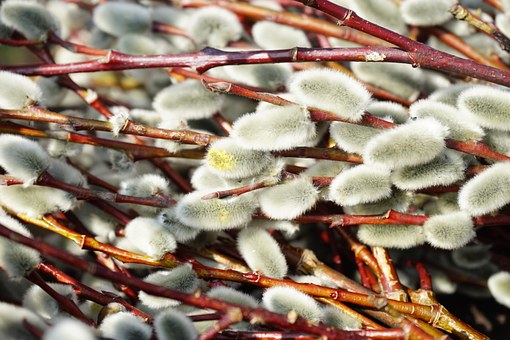
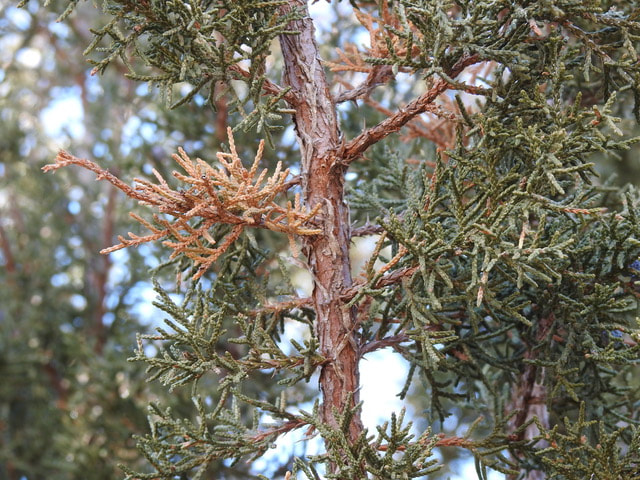
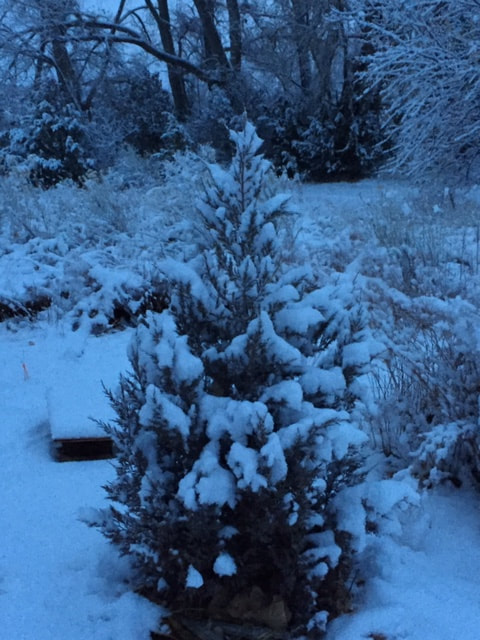
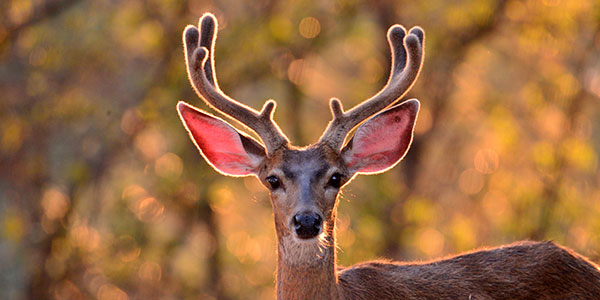
 RSS Feed
RSS Feed